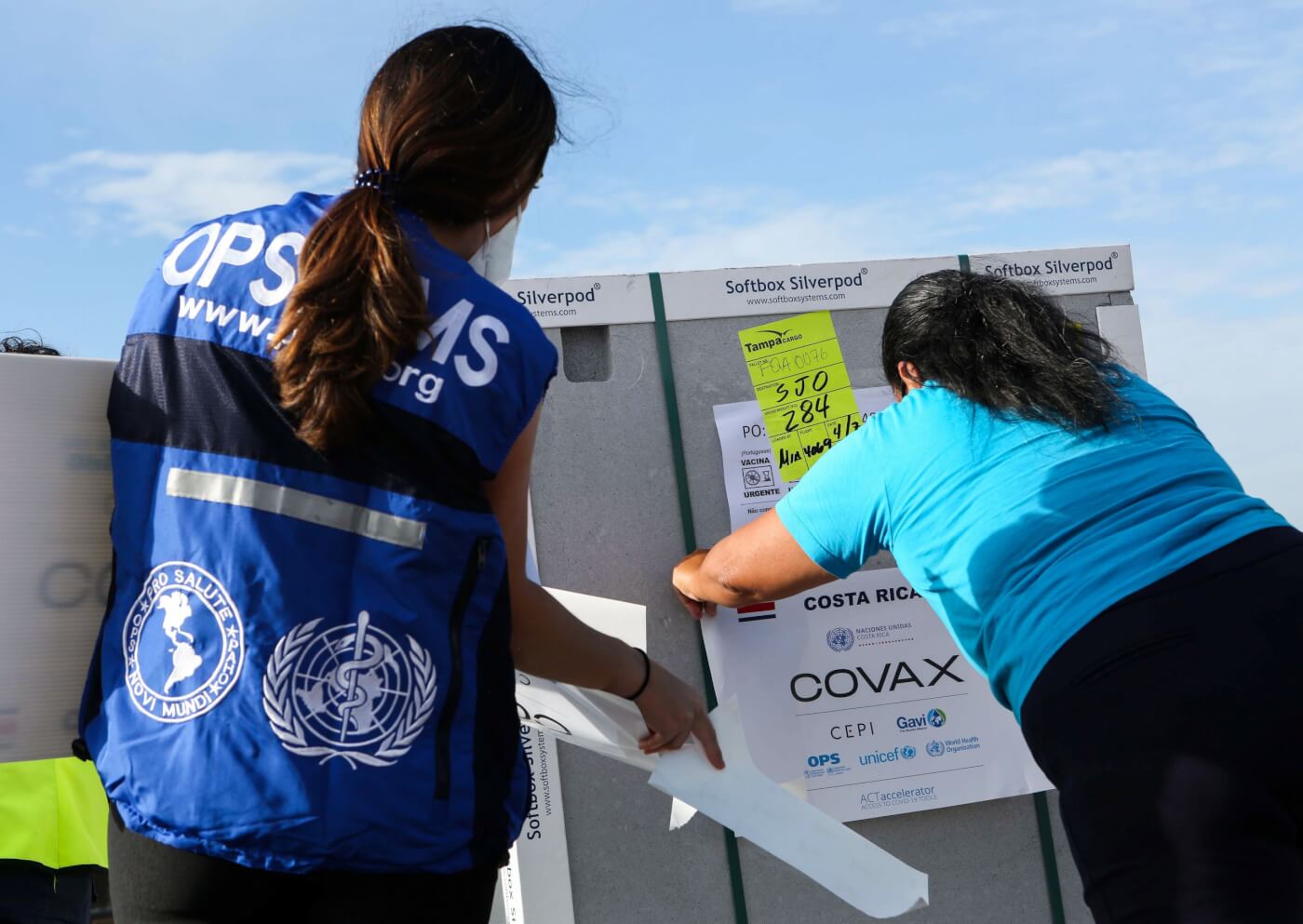Reports from the World Health Organization have revealed a “shocking imbalance” between the rates of vaccine distribution in wealthy countries compared to lower-income countries; some nations having millions of spare doses, whereas others struggle to even vaccinate their health workers.
Former British Prime Minister, Gordon Brown has highlighted this imbalance in vaccine distribution, commenting that it could drag out the pandemic for several more years if not addressed now. Brown called for the G7 group of countries to finance 60% of a global vaccine scheme. Canada, France, UK, Germany, Italy, Japan and the US must lead a “Herculean mobilisation” to push for global mass vaccination against Covid-19.
The WHO director general, Tedros Adhanom Ghebreyesus, stated that:
“On average, in high-income countries almost one in four people has received a vaccine. In low-income countries, it’s more than one in 500.”
The urgent need for vaccines in the most vulnerable countries is demonstrated by the rising cases of Covid-19 related deaths. According to the International Rescue Committee, the amount of Covid-19 cases and deaths has increased by 322% in Kenya, 379% in Yemen, and 529% in northeast Syria.
Mr Brown stated that £22bn is needed to deliver yearly vaccinations for vulnerable countries and that the involvement of the G7 will likely encourage other wealthy countries to follow suit. While the UK has provided millions of vaccines to lower income countries, the government has also been criticised for reducing foreign aid from 0.7% of national income to 0.5%. Since the introduction of vaccines, 61% of UK adults have received their first dose and 14.2% of UK adults have received their second dose. These numbers are not matched in more vulnerable countries. Mr brown commented that
“Immunising the west, but only a fraction of the developing world, is already fuelling allegations of ‘vaccine apartheid’.”
To allow for an equal distribution of Covid-19 vaccines, the World Health organisation has set up the COVAX programme. COVAX is expected to provide enough vaccines to cover more than a quarter of the developing world by the end of the year, and in its first 42 days of operation, COVAX managed to deliver more than 38 million doses to over 100 countries. The WHO has demonstrated complete trust in the programme to distribute vaccines, stating it reaches vulnerable countries, “faster and more efficiently than any other mechanism”. However, Brook Baker, a vaccines expert at the Northeastern University, commented that:
“Celebrating doses sufficient for only 19 million people, or 0.25 percent of the global population, is tone-deaf.”
Less than 1% of the population of sub-Saharan Africa has been immunised, and some of the poorest countries have been told to expect delays in their COVAX vaccine delivery. The delay is partly due to a slower than expected vaccine production at a South Korean manufacturing plant, and because of India’s decision to stop exporting vaccines from its Serum Institute (SII) factory. The factory produces the majority of the AstraZeneca doses that COVAX relies on.
The delays have caused uncertainty in COVAX participants who worry about whether those who have received the first dose of the vaccine will receive the second dose on time. Furthermore, there have been concerns about the link between the AstraZeneca vaccine and the occurrence of rare blood clots.
Deliveries of vaccines to vulnerable countries under the COVAX programme started in February and there has been criticism that the programme was introduced much too late. Those that require the vaccine the most have been an afterthought and the effects of this are extremely damaging. Lavanya Vasudevan, an assistant professor at Duke University’s Global Health Institute commented:
“Every day that the virus is in circulation is an opportunity for it to mutate into a more deadly variant.” And that “In the absence of high vaccination coverage globally, we risk dragging out the pandemic for several more years.”

